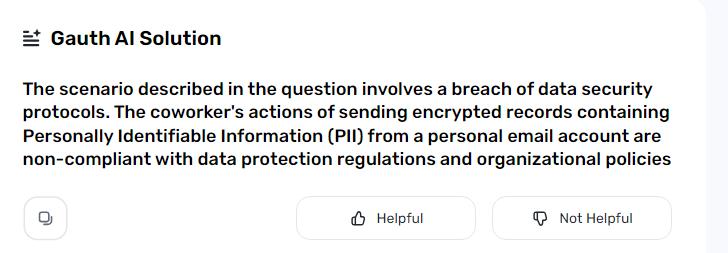Urgent deadlines are common in today’s fast-paced workplaces and can have a significant impact on coworker communication dynamics. When a colleague sends you a record earnestly, it’s frequently difficult to perceive whether their demonstration is grumbling about the responsibility or just a request for sure-fire help. This qualification is significant, as confounding their expectation can prompt superfluous pressure, diminished efficiency, and stressed proficient connections.
Understanding the subtleties of work environment correspondence in these high-pressure circumstances is fundamental for keeping an agreeable and effective workplace. You will learn how to tell the difference between not-complaint and complaint when your coworker was teleworking when the agency, in this article, as well as practical ways to improve your communication skills and create a positive work environment.
Key Indicators of a Complaint
The points provided below will help you to know if the act in front of you is a Complaint or not.
Tone and Language
Tone and language are basic in distinguishing a grievance from a critical solicitation. A complaint typically conveys dissatisfaction or annoyance in a negative, frustrated, or accusatory tone. Expressions, for example, “This generally occurs,” “For what reason isn’t possible right?” or “I’m tired of this” indicate a complaint.
Frequency and History
When interpreting a coworker’s messages, important context is provided by their frequency and past interactions. If a coworker has a pattern of highlighting problems, expressing dissatisfaction, or criticizing procedures frequently, their urgent message may be another complaint. Understanding whether the current urgency is a component of an ongoing problem or an isolated incident is made easier by historical behavior patterns.
Content of the Message
Whether the message is a complaint or an not complaint is readily apparent from its content. Frequently, a message centered on complaints elaborates on issues, assigns blame, or highlights repeated failures.
Key Indicators of a Not Complained
If you want to know the things that can help you to know that the act going on is not a complaint or something else.
Direct and Clear Communication
Typically, a coworker’s message will be characterized by direct and clear communication when it is not a complaint but rather a straightforward request. This implies the associate will determine precisely the exact thing that is required and by when, with practically no equivocalness. For instance, rather than communicating disappointment or disappointment, they could say, “Might you at any point if it’s not too much trouble, send me the finished report by 3 PM?
Solution-Oriented Language
A message that is centered around finding arrangements instead of featuring issues shows that the demonstration isn’t a grievance. This kind of correspondence is helpful and forward-looking, intending to really address the quick need. “I need your input on this data to finalize the presentation,” for instance, might be written by a coworker.
Professional and Objective Tone
Keeping an expert and goal tone is another key point that a message isn’t a grumbling. Such communication focuses on the task at hand rather than personal attacks, blame, or emotional language. Respect and a shared commitment to the team’s objectives are communicated in a professional manner. “Please prioritize the budget analysis report for today’s meeting,” for instance, might be the subject of a message.
Using Gauth for Quick Question Response
Here are the steps to use Gauth AI:
Step 1: Visit Gauth
The first step in utilizing Gauth for quick response questions is to visit the Gauth website. Type the URL for Gauth into your preferred web browser, or use your search engine to find it. When on the landing page, really get to know the connection point to explore the site without any problem.
Step 2: Input the Question
The next thing you need to do is type in your question after accessing the Gauth website. Find the info field, typically conspicuously shown on the primary page or inside a committed segment for questions. Type your inquiry obviously and briefly to guarantee the framework can deal with it precisely.

Step 3: Wait For Response
Subsequent to presenting your inquiry and enacting the free preliminary, you should hang tight for the reaction. The holding-up time might differ depending on the intricacy of your inquiry and the ongoing framework load. During this period, the Gauth framework processes your question utilizing its calculations and accessible information to produce a reasonable response.
Ending Words
It is essential to distinguish between an urgent message from a coworker that is a complaint and a straightforward request. Via cautiously examining the tone, language, and setting of the message, as well as considering past communications, you can precisely decipher their plan. Not only does this ability assist in providing the appropriate response, but it also helps to avoid unnecessary disagreements and misunderstandings.
 Abraham
Abraham